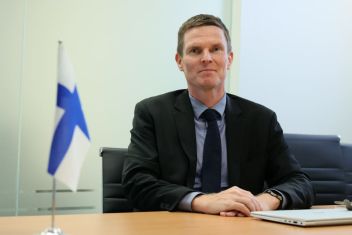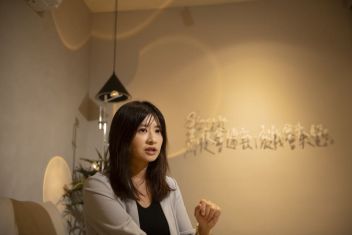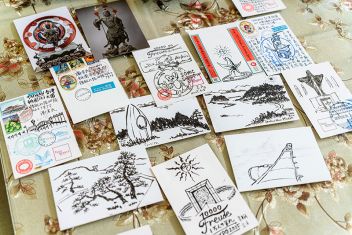Few people know about the Yunnan-Burma border soldiers. At the close of the Chinese Civil War, the Government of the Republic of China relocated to Taiwan, while these guerrilla forces stayed behind, fighting in various places along the border between southern China’s Yunnan Province and Burma (now Myanmar). Eventually they too withdrew to Taiwan.





















